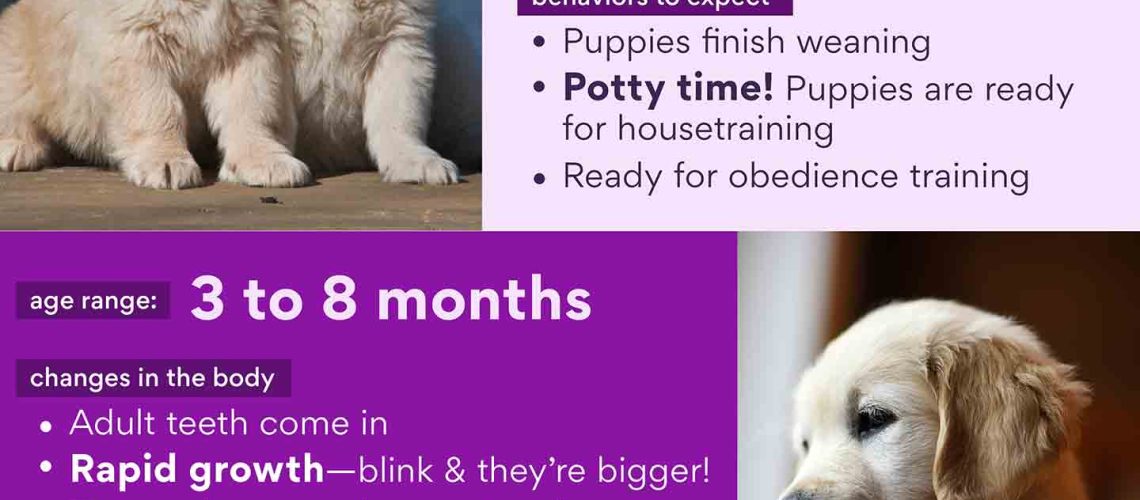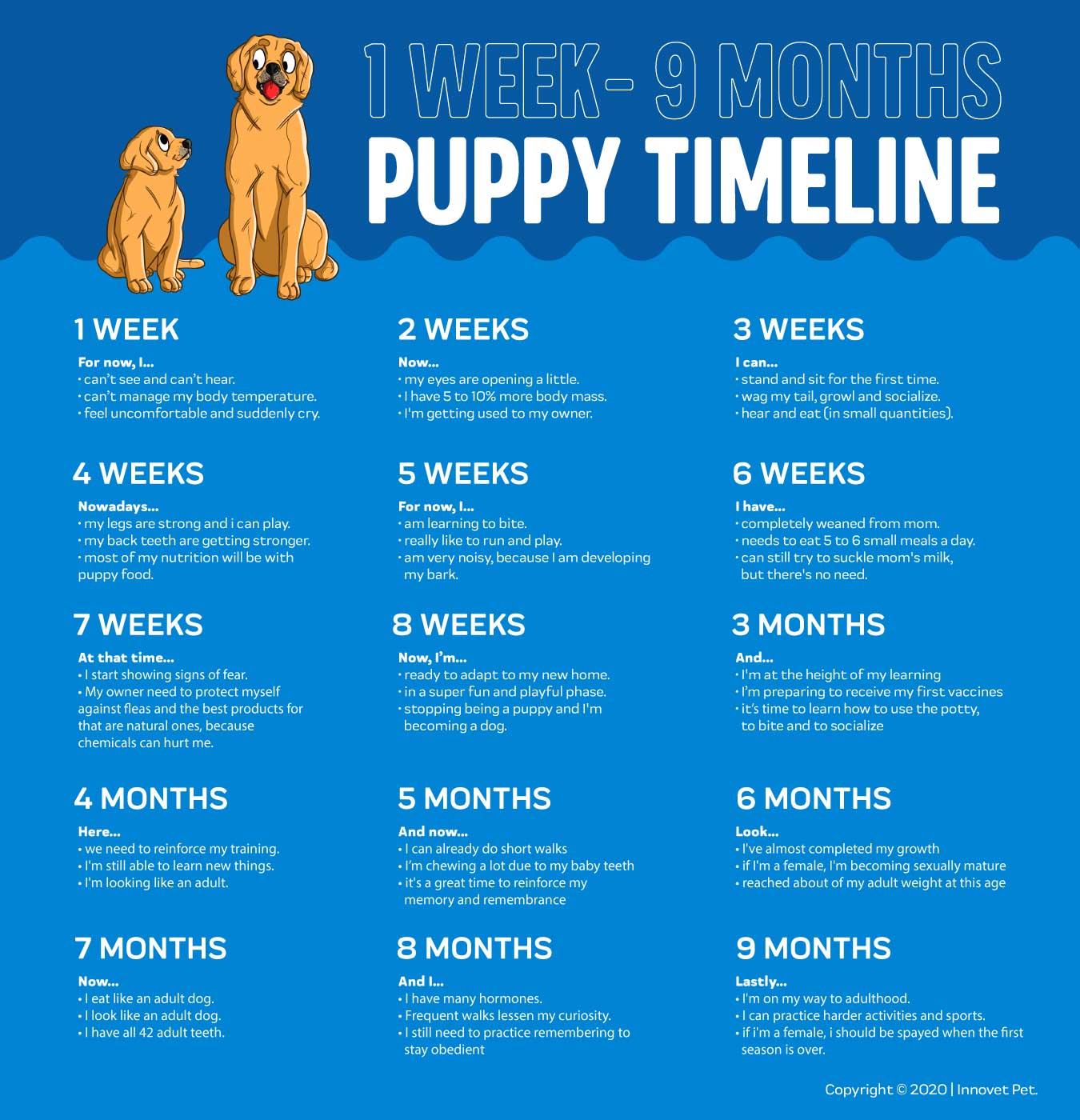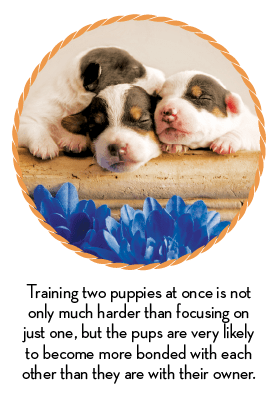This article explores the crucial stage of puppy development, focusing on the period between 6 months and 1 year.
Key Takeaways:
- Puppy development from 6 months to 1 year is a crucial stage in their growth and requires proper care and attention.
- During this period, puppies experience rapid physical growth, so providing them with a balanced diet and regular exercise is essential.
- Socialization becomes even more important during this time as puppies need exposure to various people, animals, and environments to develop good behavior and confidence.
- Training should continue consistently during this phase to reinforce basic commands and prevent any unwanted behaviors from becoming ingrained.
- Veterinary check-ups are necessary to ensure the puppy's health, monitor vaccinations, and address any potential issues that may arise during this developmental stage.
Important Milestones in a Puppy's Development: 6 Months to 1 Year
During the period of 6 months to 1 year, puppies go through significant growth and development. At this stage, they are considered young adults and have reached most of their physical growth. However, there are still important milestones to watch out for.
Growth Spurt:
Between 6 months and 1 year, puppies experience a final growth spurt. This is when they gain the last bit of height and weight before reaching their adult size. It's important to provide them with proper nutrition during this time to support their growing bodies.
Dental Development:
Puppies also go through teething during this stage. Their baby teeth start falling out, making way for their permanent teeth. It's essential to provide appropriate chew toys and treats to help soothe their gums and encourage healthy dental development.
Hormonal Changes:
As puppies reach sexual maturity around 6-9 months old, hormonal changes occur. Male puppies may start marking territory by lifting their legs while urinating, while female puppies may experience their first heat cycle. Spaying or neutering your puppy can help prevent unwanted behaviors associated with these hormonal changes.
Understanding a Puppy's Physical Growth from 6 Months to 1 Year
From 6 months to 1 year, a puppy's physical growth slows down compared to the rapid growth experienced during the first few months of life. However, there are still noticeable changes taking place.
Muscle Development:
Puppies continue to develop muscle mass as they become more active and engage in playtime and exercise. Regular physical activity helps strengthen their muscles and promotes overall fitness.
Skeletal Development:
The skeletal system of a puppy is still maturing during this stage. It's important to provide a balanced diet with the right amount of calcium and phosphorus to support healthy bone development. Excessive exercise or jumping should be avoided to prevent potential orthopedic issues.
Coat Changes:
Puppies may experience changes in their coat during this period. Some breeds may undergo a "puppy uglies" phase where their puppy fur sheds and is replaced by their adult coat. Grooming and regular brushing can help manage shedding and keep their coat healthy.
Changes in a Puppy's Behavior as it Grows: 6 Months to 1 Year
A puppy's behavior undergoes significant changes as they transition from being a young puppy to a young adult dog. Understanding these changes can help you better train and care for your growing pup.
Increased Independence:
As puppies grow, they become more independent and assertive. They may start testing boundaries, challenging commands, or displaying stubbornness. Consistent training and positive reinforcement are crucial during this stage to establish clear expectations.
Socialization with Other Dogs:
Puppies continue to benefit from socializing with other dogs during this stage. It helps them learn appropriate dog-to-dog interactions, improves their communication skills, and builds confidence. Regular visits to dog parks or playdates with well-behaved dogs can contribute positively to their social development.
List of behavioral changes:
- Increased independence
- Moderate chewing behavior
- Exploration of surroundings
- Barking at unfamiliar noises
- Increased territorial behavior
- Curiosity and increased exploratory behavior
Training Needs for Puppies: Age 6 Months to 1 Year
Training is an ongoing process throughout a puppy's life, and from 6 months to 1 year, it becomes even more crucial. Here are some training needs to focus on during this stage:
Obedience Training:
Continuing obedience training helps reinforce good behavior and strengthens the bond between you and your puppy. Focus on commands like sit, stay, come, and leash walking. Positive reinforcement techniques, such as treats or praise, work well during this stage.
Potty Training:
Potty training should be fully established by this age. However, accidents may still happen due to distractions or changes in routine. Consistency in taking your puppy outside at regular intervals and rewarding them for eliminating in the appropriate spot will help maintain good bathroom habits.
Behavioral Training:
Address any behavioral issues that may arise during this stage. This can include jumping up on people, excessive barking, or chewing on inappropriate items. Redirecting their attention towards acceptable behaviors and using positive reinforcement can help correct these behaviors.
Tips for effective training:
- Use positive reinforcement techniques
- Be consistent with commands and expectations
- Create a structured routine
- Avoid punishment-based training methods
- Patience is key - puppies learn at their own pace
The Right Amount of Exercise for Growing Puppies: 6 Months to 1 Year
Why exercise is important
Regular exercise is crucial for the healthy development of growing puppies. It helps them build strong muscles, maintain a healthy weight, and develop good coordination and balance. Exercise also provides mental stimulation, which is essential for their overall well-being. However, it's important to strike the right balance and not overexert your puppy, as this can lead to injuries or joint problems later in life.
Types of exercise suitable for growing puppies
When it comes to exercising your growing puppy, it's important to choose activities that are appropriate for their age and breed. Low-impact exercises such as walking on soft surfaces or swimming are ideal choices as they minimize stress on their developing joints. Playing fetch or engaging in interactive games that involve mental stimulation can also be beneficial. Avoid high-impact activities like jumping or running on hard surfaces until your puppy's growth plates have closed.
Here are some guidelines for the right amount of exercise based on age:
- 6 to 8 months: Aim for around 30 minutes of exercise twice a day.
- 8 to 12 months: Increase the duration to about 45 minutes twice a day.
- Over-exercising your puppy can lead to exhaustion or injuries, so always monitor their energy levels and adjust accordingly.
Suitable Diet for Growing Puppies: Age 6 Months to 1 Year
Nutritional needs during this stage
As your puppy continues to grow, their nutritional needs change. A balanced diet is crucial during this stage to support proper bone development, muscle growth, and overall health. Consult with your veterinarian to determine the best diet plan for your specific breed and individual puppy.
Choosing the right food
Look for high-quality puppy food that is specifically formulated for their age and size. The food should contain essential nutrients like protein, healthy fats, vitamins, and minerals. Avoid feeding your puppy table scraps or adult dog food, as these may not provide the necessary nutrients in the right proportions.
Consider the following factors when selecting a suitable diet:
- Breed size: Small and large breed puppies have different nutritional requirements.
- Allergies or sensitivities: Some puppies may require specialized diets to address specific dietary needs.
- Activity level: More active puppies may need higher calorie intake.
It's important to feed your puppy at regular intervals and monitor their weight to ensure they are growing at a healthy rate. Avoid overfeeding, as excess weight can put strain on their developing joints.
Health Concerns and Vaccinations for Puppies: Age 6 Months to 1 Year
Common health concerns
During the ages of 6 months to 1 year, puppies may be susceptible to certain health issues. It's important to be aware of these concerns and take appropriate measures to keep your puppy healthy.
Vaccinations
Ensure that your puppy is up-to-date with their vaccinations. Vaccines protect against diseases such as distemper, parvovirus, hepatitis, and rabies. Your veterinarian will provide you with a vaccination schedule tailored to your puppy's needs.
In addition to vaccinations, regular check-ups with the veterinarian are essential during this stage. They can help identify any potential health issues early on and provide appropriate treatments or preventive measures.
The Role of Socialization in a Puppy's Development: Ages 6 Months to 1 Year
Why socialization is important
Socialization plays a crucial role in shaping a puppy's behavior and overall development. During the ages of 6 months to 1 year, puppies go through a critical period of social development. Proper socialization helps them become well-adjusted, confident, and friendly adult dogs.
Exposing your puppy to different experiences
Introduce your puppy to various people, animals, sounds, and environments to help them become comfortable with new experiences. This can include visits to parks, pet-friendly stores, or interactions with other vaccinated and friendly dogs. Gradually expose them to different stimuli while ensuring their safety and comfort.
Here are some tips for effective socialization:
- Positive reinforcement: Reward your puppy with treats or praise when they exhibit calm and friendly behavior.
- Gradual exposure: Introduce new experiences gradually to prevent overwhelming your puppy.
- Supervision: Always supervise interactions with other animals or unfamiliar environments to ensure their safety.
Remember that socialization is an ongoing process throughout your dog's life. Continuously expose them to new experiences and reinforce positive behaviors.
Tips for Creating a Safe and Stimulating Environment for Your Growing Puppy
Ensuring a safe environment
Creating a safe environment is essential for the well-being of your growing puppy. Here are some tips to make your home safe:
Puppy-proofing
Puppy-proof your home by removing any potential hazards such as toxic plants, electrical cords, small objects that can be swallowed, or cleaning supplies that are within reach. Use baby gates or crate train your puppy in certain areas to limit access if needed.
Providing mental stimulation
A stimulating environment is important for keeping your growing puppy mentally engaged. Here are some ideas:
Toys and puzzles
Provide a variety of toys that offer different textures, shapes, and interactive features. Puzzle toys that dispense treats can keep their minds occupied while providing physical exercise.
Training sessions
Regular training sessions not only help teach your puppy basic commands but also provide mental stimulation. Use positive reinforcement techniques and keep the sessions short and fun.
Playdates and social interactions
Arrange playdates with other friendly and vaccinated dogs to provide social interaction for your puppy. This can help them develop proper social skills and prevent behavioral issues.
By creating a safe environment and providing mental stimulation, you can ensure that your growing puppy has a happy and healthy development.
| Conclusion: Puppy Development from 6 Months to 1 Year | |
|---|---|
| Key Takeaways: | - During this stage, puppies experience significant physical and mental growth. - Socialization and training play a crucial role in their development. - Proper nutrition and regular veterinary check-ups are essential for their overall health. - Patience, consistency, and positive reinforcement are key in shaping their behavior. |
| Enjoy the Journey: | Watching your puppy grow from 6 months to 1 year is an exciting time. Embrace the challenges and joys that come with it. Remember to provide them with love, care, and guidance as they navigate through this crucial developmental phase. Cherish every moment as you witness your furry friend transform into a well-rounded adult dog. |

















